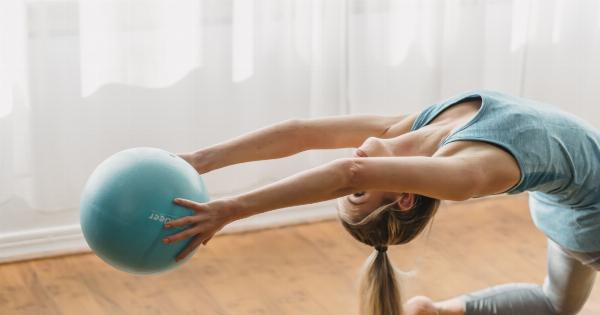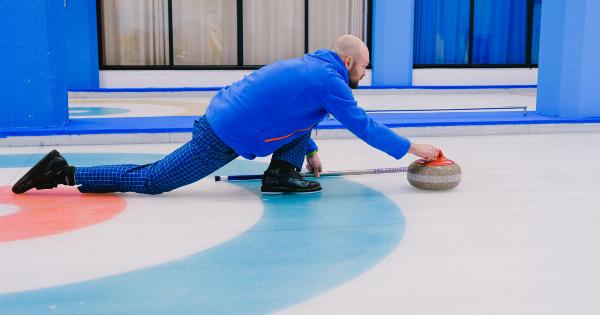Running is a popular form of exercise and a great way to stay fit and healthy. However, it can also put a significant amount of stress on your knees.
The repetitive impact and motion involved in running can lead to various knee problems and injuries if not properly managed. In this article, we will discuss the impact of running on knees, common knee injuries runners face, tips for preventing knee problems, and how to maintain knee health as a runner.
The impact of running on knees
When you run, each step you take places a force equivalent to four times your body weight on your knees. This repetitive impact can lead to wear and tear on the knee joint, potentially causing pain and injury over time.
The knee joint is responsible for supporting your body weight and facilitating movement, which makes it vulnerable to stress and strain.
One of the most common knee injuries that runners face is called runner’s knee, also known as patellofemoral pain syndrome.
This condition is characterized by pain around the kneecap and can be caused by improper tracking of the kneecap, weak thigh muscles, or overuse. Runner’s knee can make it difficult to continue running without experiencing discomfort and should be addressed promptly to prevent further damage.
Common knee injuries in runners
Aside from runner’s knee, there are several other knee injuries that runners may encounter:.
1. Patellar Tendonitis
Patellar tendonitis, also known as jumper’s knee, is an injury that affects the tendon connecting the kneecap to the shinbone. It is characterized by pain and inflammation just below the kneecap.
This condition is often caused by repetitive stress on the patellar tendon, commonly experienced in activities like running and jumping.
2. IT Band Syndrome
The iliotibial (IT) band is a thick band of tissue that runs along the outside of the thigh, from the hip to the shin. IT band syndrome involves inflammation and irritation of this band, leading to pain on the outside of the knee.
It is commonly caused by overuse, improper running technique, or muscle imbalances.
3. Meniscal Tears
The meniscus is a rubbery cartilage that acts as a shock absorber between the thighbone and shinbone. Runners can develop meniscal tears due to sudden twisting or hyperextension of the knee joint.
These tears can cause pain, swelling, and limited range of motion.
4. Ligament Sprains
There are four major ligaments in the knee joint: anterior cruciate ligament (ACL), posterior cruciate ligament (PCL), medial collateral ligament (MCL), and lateral collateral ligament (LCL).
Runners can experience ligament sprains when these ligaments are stretched or torn. ACL injuries are particularly common among runners and often require surgery for proper recovery.
Tips for preventing knee problems
While running can pose risks to your knees, there are ways to prevent knee problems and injuries:.
1. Choose the right footwear
Investing in a pair of running shoes that provide proper support and cushioning can significantly reduce the impact on your knees. Visit a specialty running store to get fitted for shoes that suit your foot type and running style.
2. Warm up and cool down
Before and after each run, it is crucial to warm up and cool down properly. Dynamic stretches and exercises that target the muscles around your knees can help prepare your body for the workout and reduce the risk of injuries.
3. Gradually increase mileage and intensity
Avoid sudden spikes in your running mileage or intensity, as this can strain your knees and increase the risk of injury. Gradually increase your mileage and pace to allow your body time to adapt.
4. Incorporate strength training
Strengthening the muscles around your knees, especially the quadriceps and hamstrings, can provide better support and stability to the joint. Include exercises like squats, lunges, and leg presses in your training routine.
5. Practice proper running form
Running with proper form can reduce stress on your knees. Try to maintain an upright posture, keep your strides at a comfortable length, and land on the midfoot rather than the heel.
How to maintain knee health as a runner
Even if you take precautions, it is important to continuously care for your knees to maintain their health as a runner:.
1. Listen to your body
If you experience any pain or discomfort in your knees while running, do not ignore it. Rest, apply ice, and seek medical advice if needed. Pushing through the pain can worsen the injury and lead to longer recovery times.
2. Stretch and foam roll
Regularly stretching your quadriceps, hamstrings, and calves can help maintain flexibility and reduce muscle tightness, which indirectly affects your knee health. Foam rolling can also alleviate tension in the muscles surrounding your knees.
3. Cross-train
Incorporating other low-impact activities like swimming or cycling into your routine can give your knees a break from the repetitive impacts of running. Cross-training helps maintain cardiovascular fitness while reducing stress on your joints.
4. Consider knee support
If you have a history of knee problems or are prone to knee injuries, using knee supports, such as braces or compression sleeves, can provide additional stability and help reduce strain on your knees.
5. Seek professional guidance
If you are unsure about your running technique or have persistent knee pain, it may be beneficial to consult a physical therapist or sports medicine specialist.
They can assess your gait, provide guidance on form, and recommend targeted exercises for knee strength and stability.
By implementing these tips and taking a proactive approach to knee health, you can continue to enjoy running while minimizing the risk of knee problems and injuries.




























